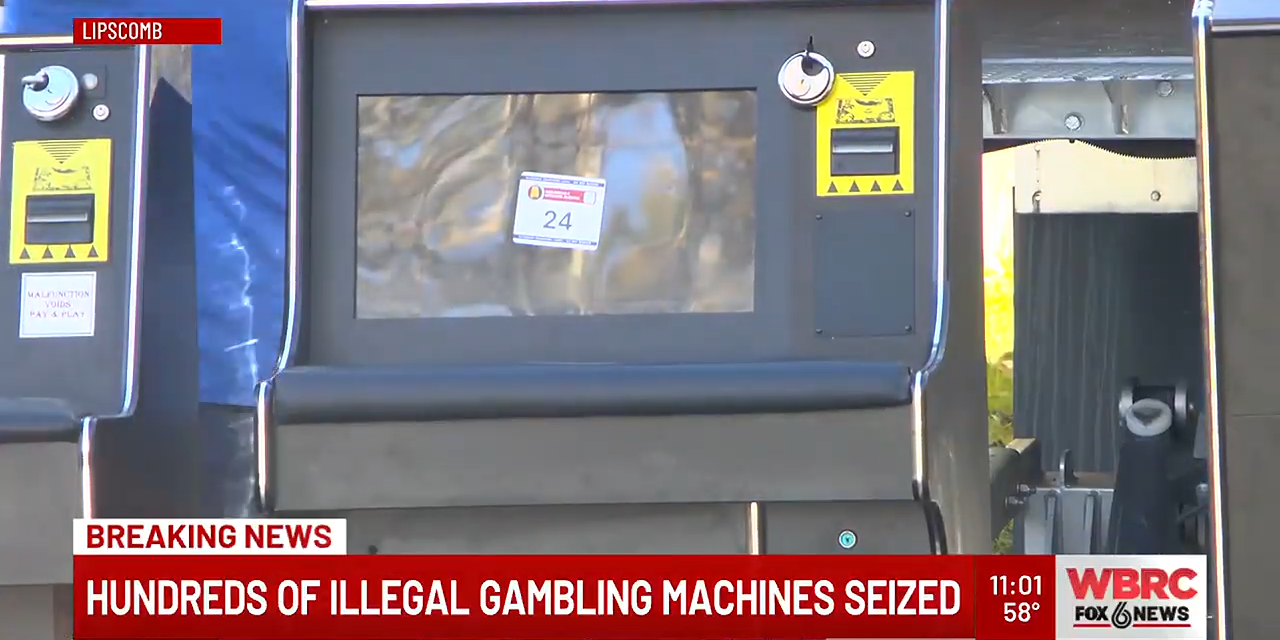Tech
Microsoft wants $30 to let you keep using Windows 10 securely for another year
/cdn.vox-cdn.com/uploads/chorus_asset/file/3919716/mswindows2_2040.0.jpg)
Microsoft is finally revealing that it will charge consumers $30 for a year of extra security updates to Windows 10. Support for Windows 10 will end on October 14th, 2025, but consumers will be able to purchase a single year of Extended Security Updates (ESU) for $30 for the first time ever.
While businesses will be charged $61 for a single year of ESU, they also have the option to pay $122 for a second year and then $244 for a third year of updates. Microsoft will only offer consumers a single year if they’re willing to pay the $30 fee. “Enrolled PCs will continue to receive Critical and Important security updates for Windows 10; however, new features, bug fixes, and technical support will no longer be available from Microsoft,” explains Yusuf Mehdi, executive vice president and consumer chief marketing officer at Microsoft.
Consumers will be able to enroll in the ESU program “closer to the end of support in 2025.” Naturally, Microsoft is once again encouraging consumers to upgrade to Windows 11 instead of purchasing extended security updates for Windows 10. “With the Windows 10 End of Support moment, now is the time to move to Windows 11 with confidence,” says Mehdi.
That move to Windows 11 may involve buying a new PC. Millions of PCs can’t upgrade officially to Windows 11 due to more strict hardware requirements and Microsoft’s security push with its latest OS. Windows 11 is only supported on CPUs released from 2018 onward and with devices that support TPM security chips.
Windows 11 adoption has been lagging behind Windows 10 in recent years, but there are signs people are starting to upgrade more or refresh their hardware. Windows 11 briefly became the most popular OS for PC gaming among Steam users in August, before dropping back behind Windows 10 in September. It’s likely that Windows 10 usage will continue to remain strong throughout 2025 and beyond.
After originally saying it was done with major Windows 10 updates in 2023, Microsoft switched up its approach earlier this year in a confusing move that could help Windows 10 usage remain strong. The software giant took the unusual step of reopening its beta program for Windows 10 users in June to test new features and improvements to an OS that it’s supposed to be ending support for next year.









